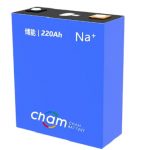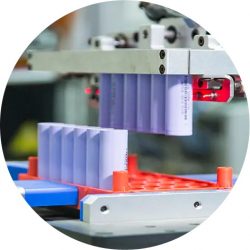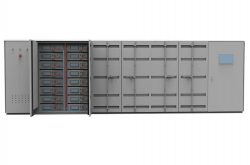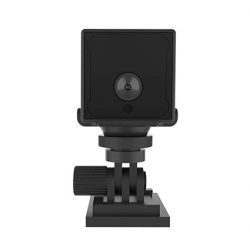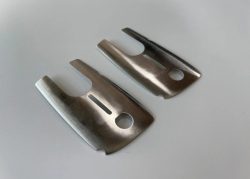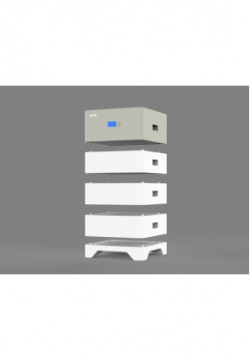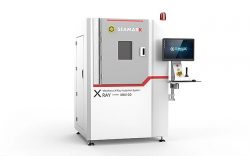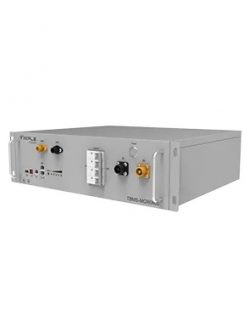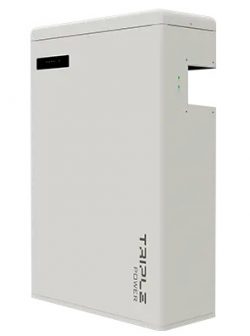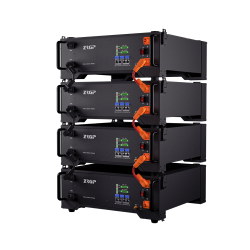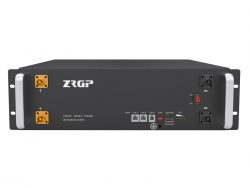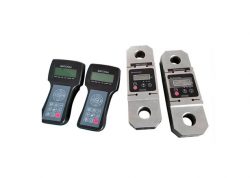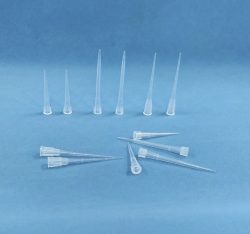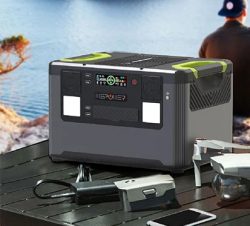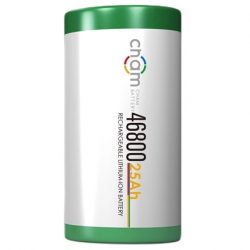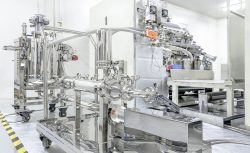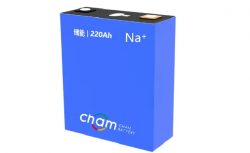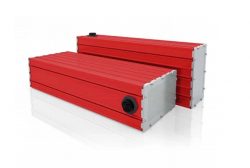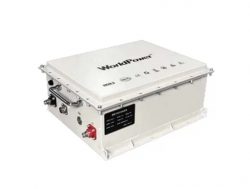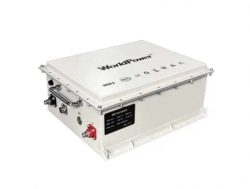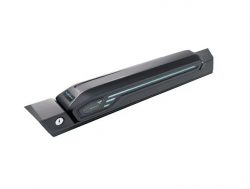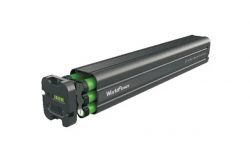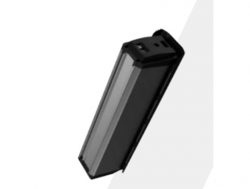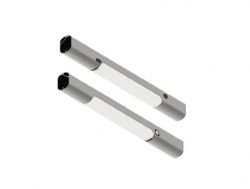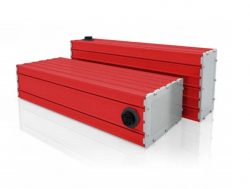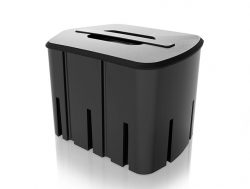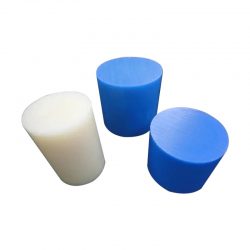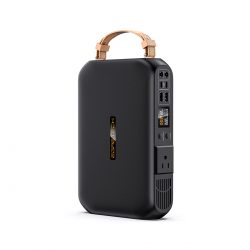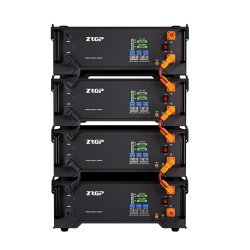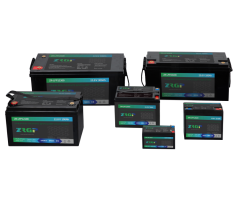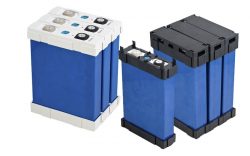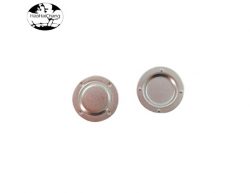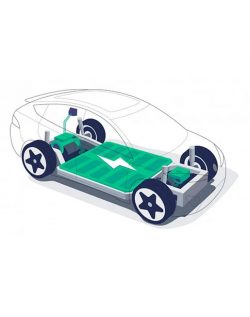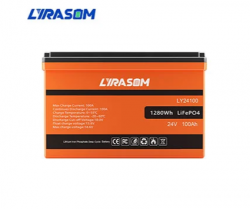Cylindrical Li-ion Cell
Cylindrical lithium ion battery cells are cells enclosed in a cylinder-shaped case, it has an excellent energy density and the high voltage ensures more power to provide in limited space. Because of small and round size, it’s convenient to assembly them in different combinations. For Li-ion cylindrical rechargeable batteries, the standard formats are 18650, 26650, 21700 and 32700, they are named by the diameter and height. Lifepo4 cylindrical cells are commonly used in smart appliance, e-bikes, medical devices, and energy storage systems.
Structure of Cylindrical Lithium Ion Battery
A cylindrical cell is made of anodes, separators, and cathodes that are winding in a cylinder-shaped case. The anode electrode is made of copper foil with graphite, and the cathode is a ternary materials coating on Al foil. To avoid contamination between the two parts, the anodes and cathodes are usually processed in different rooms. When the electrodes have been prepared, they would be assembled in winding machine where separator is layered between the anode and the cathode to form the internal structure of the cell.
How Are Cylindrical Cells Manufactured?
The production processes of lifepo4 cylindrical cells mainly include mixing, coating, drying, calendering, slitting, winding, welding, electrolyte injection, sealing and testing. Each process needs to be controlled in specific temperature and humidity. For the reliability of lithium phosphate battery cells, CHAM, a professional lithium battery manufacturer, conducts 100% X-Ray inspection to ensure internal winding alignment &safe battery structure. In lfp cylindrical cells manufacturing process, highly automated equipment and advanced technology are critical, will have a positive impact on production costs, reducing the cost of on both raw material and final battery cell.
Prismatic VS Cylindrical Lithium Ion Battery
Lithium cylindrical cells, with the cylindrical shape and construction, were one of the first mass-produced battery in the world and are dominant in some applications. Prismatic cell batteries, on the other hand, are popular because of their long life span, thin shape, and efficient use of space.
Lifepo4 cylindrical batteries are convenient because of their variety of combinations to needed power and battery space. For LFP Prismatic Cells, they are safer than cylindrical lithium-ion batteries by the nature of LPE material.









